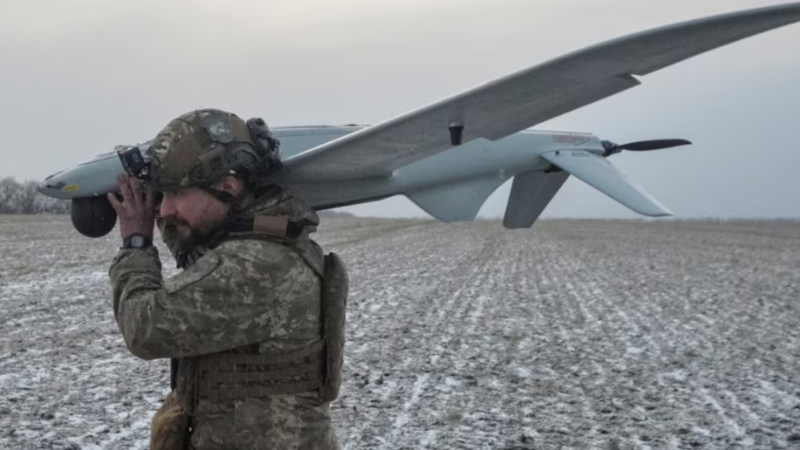
Retreat In Kursk, Momentum In Toretsk: Ukraine’s Battlefield
By Mike Eckel, Maja Zivanovic, and Mahir Sijamija (Eckel is a Senior News Correspondent at RFERL and a Fletcher Alum)
Nearly seven months after a surprising cross-border invasion into Russia’s Kursk region, Ukrainian military units are retreating, under heavy bombardment, racing to avoid encirclement from combined Russian-North Korea assaults.
Elsewhere along the 1,110-kilometer front line, however, the news is more upbeat: For the first time in a very long time, Ukraine is seeing favorable conditions, going on the offensive as Russian momentum stalls.
The question is how long Ukraine’s advantage will last, particularly now with questions hanging over Kyiv’s biggest weapons supplier, the United States, which moved to halt shipments and intelligence sharing, before then resuming them roughly two weeks later.
More than three years into the all-out invasion, Ukrainian troops continue to lock horns with the invading Russian army, which is grinding down Kyiv’s exhausted and outmanned forces. Doubts about U.S. reliability have stretched nerves, from frontline trenches to military planners in Kyiv.
“Russian advances in the last couple months have slowed down. Since the winter [their] rate of advance slowed down, [with] Russia still taking heavy casualties; the intensity decreased somewhat. Most of the front line is relatively stable.” – Rob Lee, a former U.S. Marine who is now a Russia military specialist at the Foreign Policy Research Institute
“So overall, the situation is relatively favorable for Ukraine, relative to the last year and a half,” Lee told RFE/RL. But “I think we’re going to see probably an increased intensity in the fighting as the weather improves.”
The favorable conditions are due in part to Ukraine’s innovation in drone warfare, with the country churning out thousands of the flying weapons with new designs, protections, and lethality, helping make up for disrupted artillery supplies.
It also has to do with battlefield conditions: the winter mud and sodden soil gums up movement of heavy vehicles such as tanks. Winter months are harder for Russia’s air-launched heavy glide bombs, which have devastated Ukrainian positions. Russia has also scaled back the tempo of operations to “reconstitute” its units – rotating exhausted personnel out, getting new troops to the front, restocking ammunition and artillery, replacing damaged equipment.
“Would the loss of U.S. aid make the situation more difficult for Ukrainian forces? Yes,” a reserve Ukrainian military officer who writes a closely watched blog under the pseudonym Tatarigami, said in a recent post . “Would it lead to total collapse in six months? No. It would mean more Ukrainian soldiers and civilians killed, especially as air defense stocks deplete, but on the battlefield, there would be no sudden collapse.”
Here’s where you should be looking on the map
Kursk
Ukraine pushed into Kursk in August 2024 —the first invasion of Russian territory by foreign troops since World War II. Now they’re being pushed out.
Kupyansk, Chasiv Yar, Kostyantynivka and Toretsk
Located along the Oskil River and home to an important railway junction, Kupyansk had been recaptured during a Ukrainian counteroffensive in late 2022. Since the fall of 2024, Russian troops had pushed north of the city, and begun probing Ukrainian defenses in villages on the city’s northern outskirts.
Pokrovsk
Pokrovsk has served as a critical transportation hub for much of Ukraine’s Donbas defenses, due to both a railway line, the T0504 highway running northeast, and T0406 highway running west toward Dnipro.
Velyka Novosilka
Located along the Mokri Yaly River, the village was a bright spot for Ukrainian forces during the failed counteroffensive launched in 2023.
Orikhiv
As with Velyka Novosilka, Orikhiv was a bright spot for the 2023 Ukrainian counteroffensive .
Kherson
Around the same time that Russian forces were pushed out of Kupyansk in late 2022, Ukrainian troops forced a withdrawal of Russian units from the western banks of the Dnieper River, in the Kherson region.
Read the full article with maps and pictures here.
(This post is republished from RFERL.)
